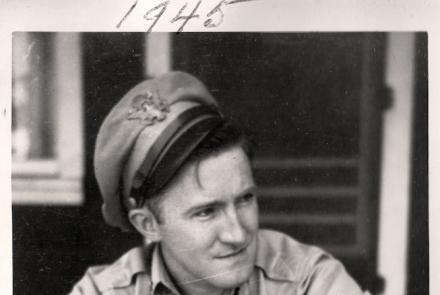The U.S. Army Air Forces trained tens of thousands of inexperienced young men to do what only a handful of skilled air navigators a decade earlier could do.
During World War II, air navigators served in all the military services and in all theaters of operation. This was a new concept for the military. The Army Air Corps had only adopted the idea of the air navigator as a specialized crew member in 1939. Suddenly, tens of thousands were needed.
Most navigators in the Army Air Forces started as pilot cadets who "washed out" of pilot training, often in PT-17s. Good math skills were considered essential for those who made the transition to navigator.









